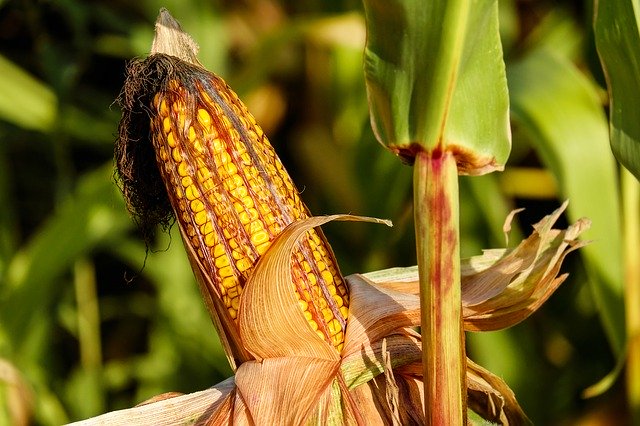
Many small regulatory elements, including miRNAs, miRNA binding sites, and cis-acting elements, comprise only 5~24 nucleotides and play important roles in regulating gene expression, transcription and translation, and protein structure, and thus are promising targets for gene function studies and crop improvement.












